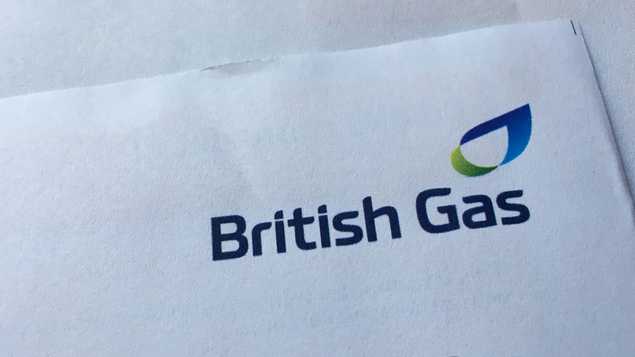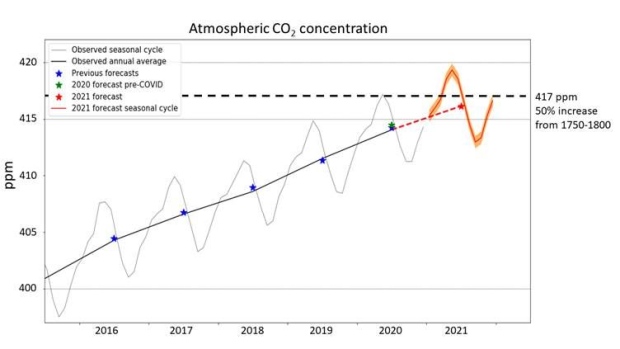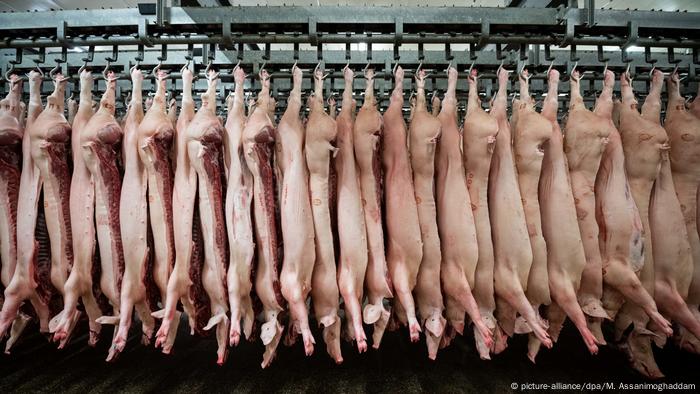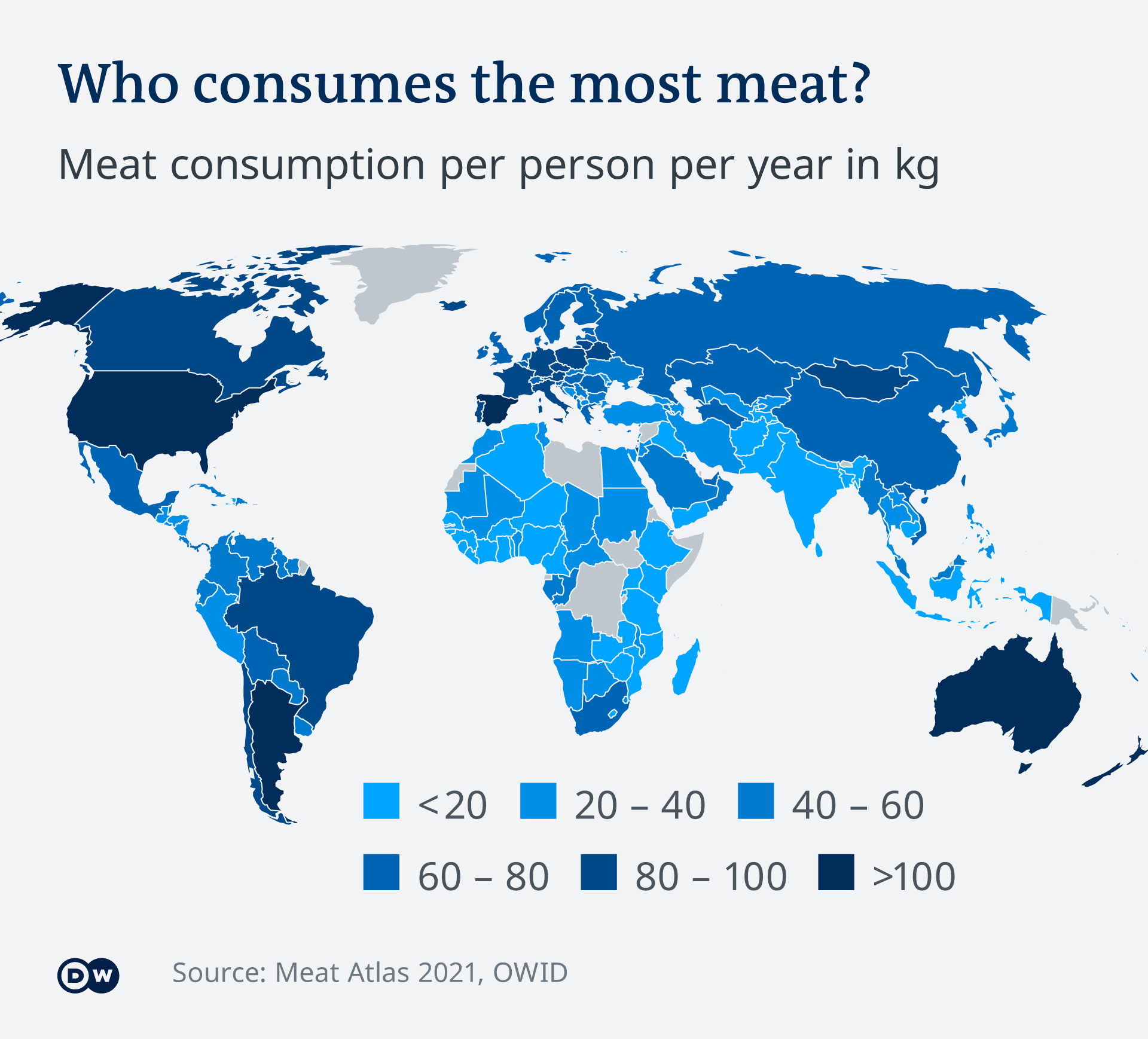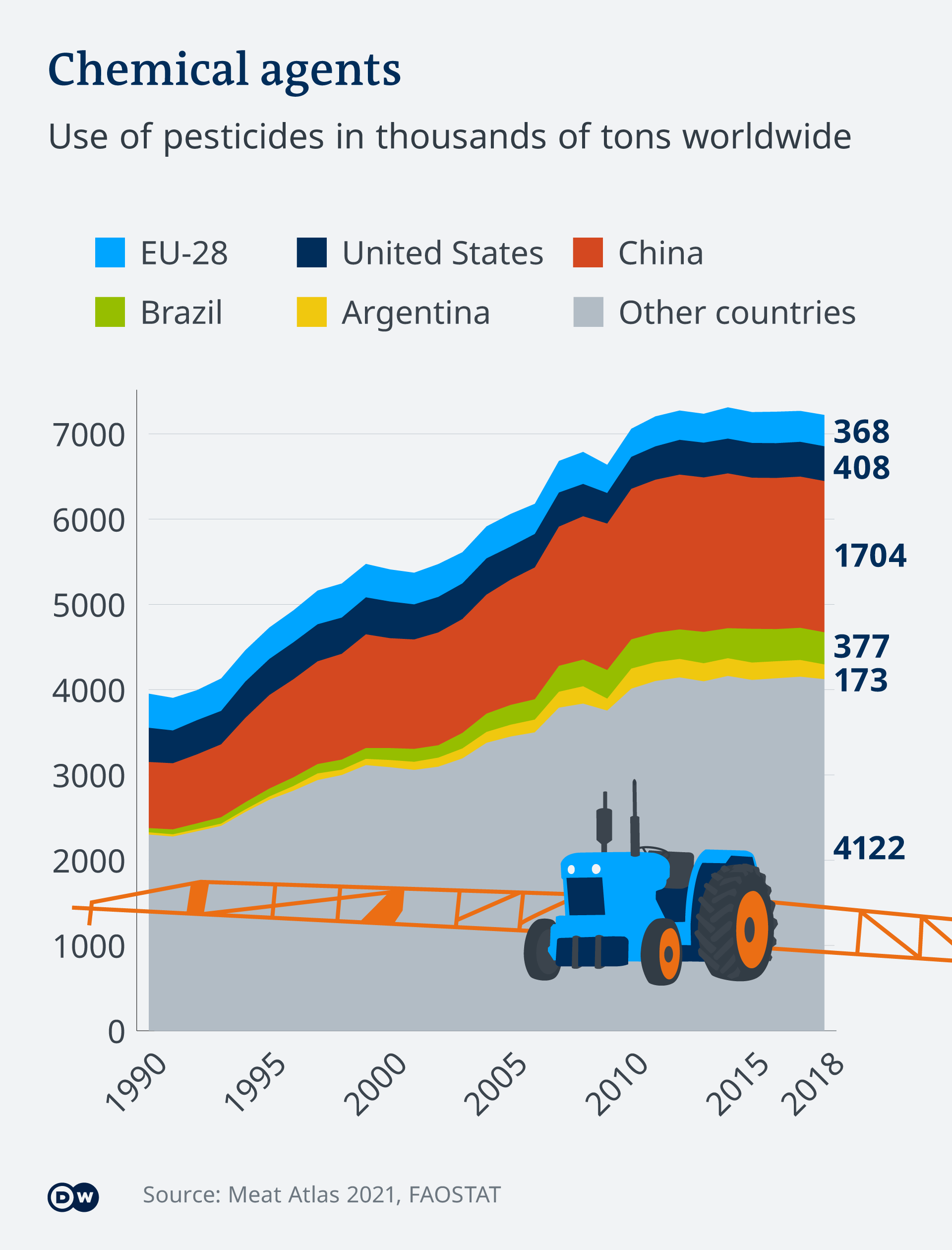Global commitments have been made to phase out internal combustion, but tough regulations and international buy-in are needed.
BY JIM MOTAVALLI JAN 7, 2021

METAMORWORKSGETTY IMAGES
In September, California Governor Gavin Newsom issued an executive order “requiring sales of all new passenger vehicles to be zero-emission by 2035.” The next month, New Jersey followed suit, with a climate change report recommending by that same date “a rapid and complete transition away from fossil-powered vehicles” to meet emission reduction goals.
The two states have international company. In the European Union, where passenger cars and vans are 15 percent of carbon emissions, it would be easier to report on the countries that are not intent on phasing out internal combustion. Consider Norway. Its 2017 Transport Plan says that sales of passenger cars and light vans are to be zero emission (meaning electric or fuel cell) by 2025—just a few years hence.
Norway is well on its way, with 400,000 registered electric and plug-in hybrid vehicles by last March—up from 3,347 in 2010. Last September, 60 percent of the passenger vehicles sold in Norway (which has some of the best incentives in the world) were electric; with hybrids included, the number was 89 percent.
Related Story

VW Will Turn a Greek Island into a Model EV Space
Other European countries with plans or proposals to ban gas cars lag well behind that penetration, but the commitments are nearly as ambitious: Great Britain (2030, with hybrids until 2035), Denmark (2030, with plug-in hybrids until 2035), Iceland (2030), Ireland (2030), Holland (2030), Sweden (2030), Slovenia (2030), Scotland (2032), France (2040) and Spain (2040).
In Asia, we’ve got plans with various levels of determination in China (researching a timetable), India (2030), Japan (2035), Singapore (2040), Taiwan (2040) and Sri Lanka (2040). Let’s not forget Israel, which wants to permit only natural gas and electric cars after 2030.
Is this it, then, for internal combustion? Is the engine of commerce and mobility for more than 100 years finally sputtering to a stop? Not so fast. We get a reality check from the cars actually selling at dealerships. According to Statista, 89 percent of the cars sold worldwide in 2019 were gas or diesel, and only eight percent were hybrid or battery electric. The same study said that battery electrics will account for only 18 percent of global sales by 2030, the very year many of these bans go into effect.

MCCAIGGETTY IMAGES
The public is, of course, still buying a lot of V8-powered SUVs. And the bans, on close examination, aren’t quite as formidable as they appear. They’re tentative and aspirational. California’s ban is an executive order that could be reversed by the next governor. Others are mere frameworks, subject to government review. According to the International Council on Clean Transportation (ICCT), “Although some governments say their phase-out targets are an important signal pushing automakers toward cleaner vehicles, none has yet implemented enforceable legislation making the targets binding.”
Daniel Sperling, founding director of the Institute of Transportation Studies at the University of California, Davis, said that “a lot of it is posturing. As a practical matter, we aren’t seeing regulations or hard rules. Globally, it’s not possible that we’ll see 100 percent zero-emission vehicles by 2035, though it’s possible in some regions. There has to be a concerted effort, a true societal commitment.”
One of those regions of possibility is Sperling’s home state of California, which, he said, has invested “considerable resources in incentives and charging infrastructure, and considerable political capital and regulatory changes in such matters as streamlining permitting of charging installations and standardizing charging technology.”
Advertisement - Continue Reading Below
Related Story
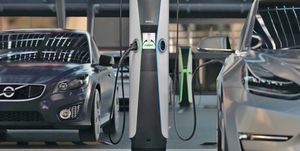
ZETA Pushes for All-EV Sales in the U.S. by 2030
And as goes California, so goes the other states that follow its zero-emission rules, which are now, with the departure of the Trump Administration, unlikely to go away. But even in California, which accounts for half of all new EV registrations in the U.S., electric, hydrogen and hybrid vehicles accounted for only 13.4 percent of sales in the third quarter of 2019.
Nic Lutsey, program director at ICCT, says the phase-outs may lack teeth, but are a critical step in the transition. “Governments are developing regulations that will ensure higher EV availability for consumers, and at higher production volumes, which will mean affordable mainstream EVs across vehicle segments,” he said. The big-picture announcements “provide assurance to spur lots of other action, including charging infrastructure and utility-readiness investments through the grid, plus reinforcement of city and state policies.”
“There are substantial challenges to overcome between now and the mid-2030s.”
Maybe, but we may need to revise the timetables, says Sam Abuelsamid, principal analyst at Guidehouse Insights in Detroit. “I would say it’s not impossible to make the shift from internal combustion to EVs by the early 2030s, but there are a lot of challenges with the timing,” he said.
Among the hurdles Abuelsamid identifies are the need to reduce new car pricing, dramatically ramp up battery production to approximately 7,000 gigawatt-hours annually, increase production of the raw materials necessary to produce those batteries, and make the investments necessary to expand charging infrastructure (particularly public charging). “There are substantial challenges to overcome between now and the mid-2030s,” he said.
Norway is leading the fight for EVs in Europe. And Great Britain deserves some kudos for moving its goalposts forward, and for pledging $1.72 billion to building an EV infrastructure, $775 million for EV incentives, and $666 million to develop and mass-produce batteries.
Against this background of bold-sounding governmental commitments with weak enforcement provisions, we have automakers needing to plan ahead, since the average lead time for new models is four or five years. And at least some of them are stepping up.

The Volvo XC40 Recharge P8 AWD getting topped off
VOLVO
Volvo, for instance, says that by 2025 half of its cars will be battery EVs, and the rest hybrids of one form or another. The company plans to be carbon neutral across its whole value chain by 2040. “Volvo is aggressively moving toward an electrified future,” said company spokesman Jim Nichols. Volvo recently rolled out its fun-to-drive XC40 Recharge battery car in the U.S., though its high price tag and 208 miles of range might deter some buyers.
In an unexpected development, tradition-bound British automaker Bentley announced in November a “Beyond 100” campaign to celebrate its first century, with plug-in hybrid availability on every model by 2023, a battery electric in 2025, only cars with plugs by 2026, and only battery EVs by 2030. Bentley is part of the Volkswagen Group, which (having learned its diesel lesson) is now all-in on electrification.
General Motors says that climate change is real. “GM is on its way to an all-electric future, with a commitment to 30 new global electric vehicles by 2025,” the company said. “We are aggressively going after every aspect of what it takes to put everyone in an EV because we need millions of EVs on the road to make a meaningful impact toward building a zero-emissions future.”
Related Story

Tesla Delivered Just Shy of 500,000 Cars in 2020
Although some automakers have lagged, including Fiat Chrysler (whose U.S. pivot is to adding horsepower), most are making firm commitments to electrification. Ford has said it would spend more than $11 billion by 2022, when it will have 40 hybrid and battery cars in the lineup. Ford signed an agreement with the powerful California Air Resources Board to meet CARB’s framework of light cars and trucks in the 2021 to 2026 model years.
What does the public think about all of this? A 2019 AAA survey found40 million Americans ready to consider an EV for their next car, but 40 percent also said they don’t expect the majority of vehicles to be electric by 2029. EV range is increasing rapidly, as battery costs come down, but many consumers aren’t getting the updates. “Many consumers are not sure what to expect from an electric vehicle,” said a report summary.
Add to this the fact that EVs remain expensive, and leading EV supplier Tesla can no longer offer its customers the federal $7,500 income tax credit (which expires after 200,000 electric vehicles have been sold). Will the Biden administration increase EV subsidies? With a commitment to a clean energy economy by 2050, it will definitely try, but Congress may well balk. Biden’s climate plan aims for “rigorous new fuel economy standards aimed at ensuring 100 percent of new sales for light- and medium-duty vehicles will be electrified.” To make that happen, as Sperling pointed out, a true bipartisan societal commitment is needed.
